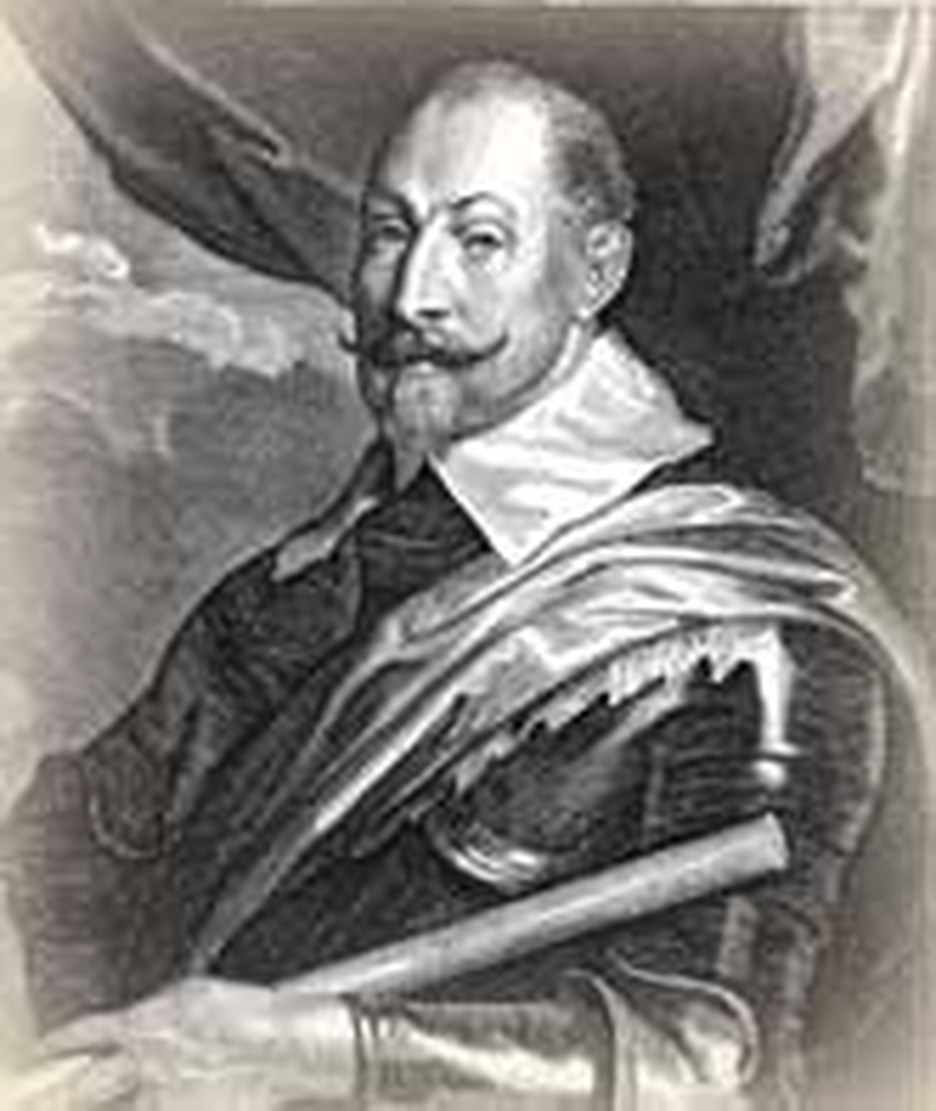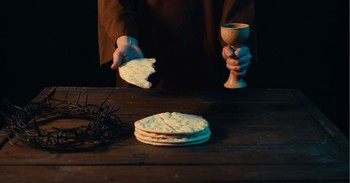
Would you die for your faith? In sixteenth century Europe, many ordinary people did.
In 16th century England, "Bloody Mary," as she was called, openly executed hundreds of Protestants and more died in her prisons. In 16th century France, Catholics massacred thousands of Huguenot families in a surprise attack that took place on St. Bartholomew's Day. Catholic Spain perpetrated atrocities on the Protestant Netherlands because the little states disagreed with her on matters of faith. Protestants retaliated with atrocities such as the Gorcum martyrdoms. Across Europe, blood flowed in clashes between Catholics and Protestants. In 1593, the Swedes had reason to suspect that their turn was coming.
Lutheranism had gained a strong hold over the minds of the Scandinavian people. What if a Roman Catholic ruler were to take Sweden's throne? Would he butcher Protestants? It looked all too likely. Sigismund III of Poland was in line to become Sweden's next monarch. He was an ardent Catholic who had already kicked the Protestant Reformation out of Poland. What is more, he was on his way to Stockholm with 20,000 crowns in his pocket, a gift from the pope to restore Catholicism to Sweden.
Serious trouble can sometimes be averted by timely action. In Sweden, a small group of men discussed the danger. They thought they saw a way to prevent disaster. These men were Lutheran leaders and Charles, Duke of Sudermania (Finland), who was a Protestant and the uncle of Sigismund III. The men went into action.
On this day, January 9th, 1593, messengers raced into the Swedish countryside with an urgent summons for all the clergy to assemble at Uppsala within a month. Uppsala, a few miles north of Stockholm, had once been a Viking burial ground, but now was home to Sweden's archbishops, who, since 1531, had been Lutheran.
Despite the frigid Scandinavian winter, scores of churchmen heeded the call. Three hundred and six clergymen assembled for the meeting (called a diet) which opened on March 1st. Members of the Council of State were also in attendance. On March 10th, the assembly decreed that all future monarchs of Sweden must be Lutheran. It declared the Lutheran Augsburg Confession the only legal, binding confession for the Swedish church, its subjects, and its rulers. Before Sigismund could land in Stockholm, the Swedes chose Charles as Regent of Sweden and head of the Council of State.
Sigismund wanted to hold onto both Poland and Sweden but could hardly be a Catholic in one country and a Lutheran in the other. He turned to his Jesuit confessors for advice. They urged him to subscribe to the Augsburg Confession for the good he could accomplish. Sigismund swore to uphold the decision of Uppsala. Thereupon the Swedes crowned him in 1594. His coronation oath included a promise to preserve the Swedish Church. He immediately broke his word, appointing a Catholic governor of Stockholm, founding Catholic schools, and ruling Sweden through Polish Catholics.
Sweden's Parliament was probably the oldest and certainly one of the most independent in Europe. It represented all four groups of the population: peasants, burghers, clergy, and nobles. Parliament confirmed Charles as regent, to govern when Sigismund returned to Poland. After Sigismund sailed away late in 1594, Sweden's peasants petitioned for a single king, saying Sigismund had forfeited his right to rule. Charles was unwilling to lead a revolution, and Sigismund might have remained king (in name at least), except that he raised an army to attack his own country. Charles met him near Linköping (between the Swedish coast and Vattar) in 1597 and utterly defeated him. The Swedes made Charles their king. The church remained highly independent. More importantly, Charles' son, Gustavus Adolphus, became one of the greatest of the Protestant generals and saved their cause during the Thirty Years' War that soon enveloped Europe. The urgent call that went out from Uppsala on this date, had been timely indeed as far as the reformers were concerned.
Bibliography
- Fletcher, C. R. L. Gustavus Adolphus and the Thirty Years’ War. New York: Capricorn, 1963.
- Grell, Ole Peter, editor. The Scandinavian Reformation. Cambridge University Press, 1995.
- Oxford Encyclopedia of the Reformation. New York : Oxford University Press, 1996.
- Skarsten, Trygve R. "The Scandinavian Reformation; Ramifications for Lutheran confessional identity" in Let Christ be Christ : theology, ethics & world religions in the two kingdoms : essays in honor of the sixty-fifth birthday of Charles L. Manske; edited by Daniel N. Harmelink. Huntington Beach, Calif. : Tentatio Press, 1999.
- "Sweden." Encyclopedia Americana. Chicago: Encyclopedia Americana, corp., 1956.
Last updated May, 2007.


